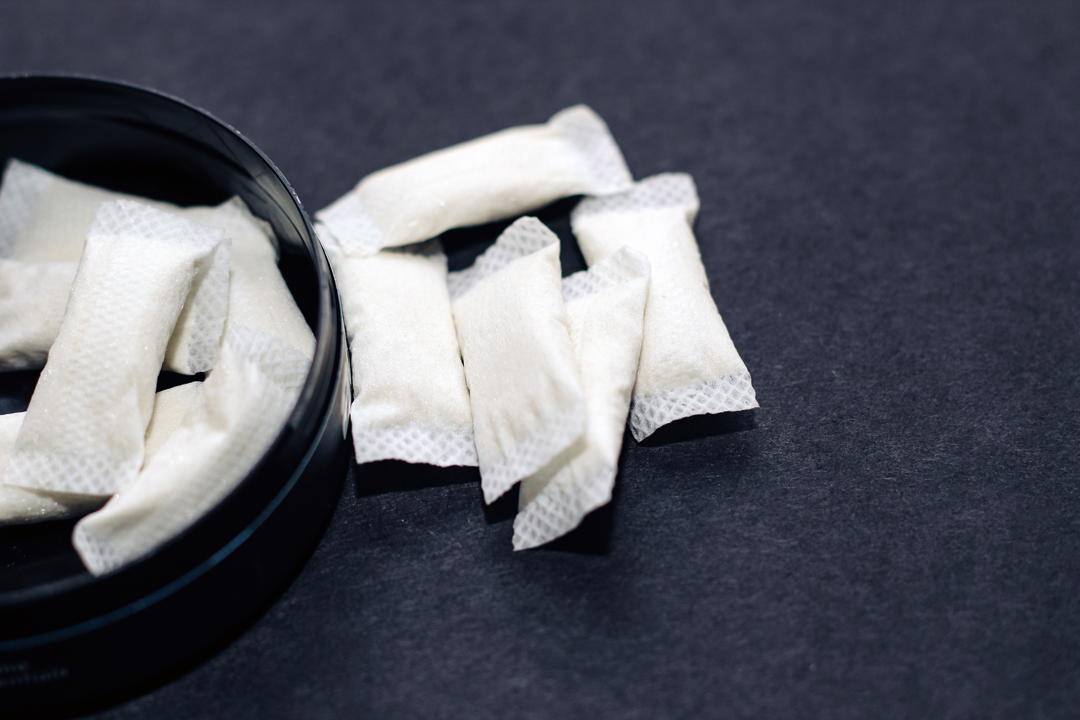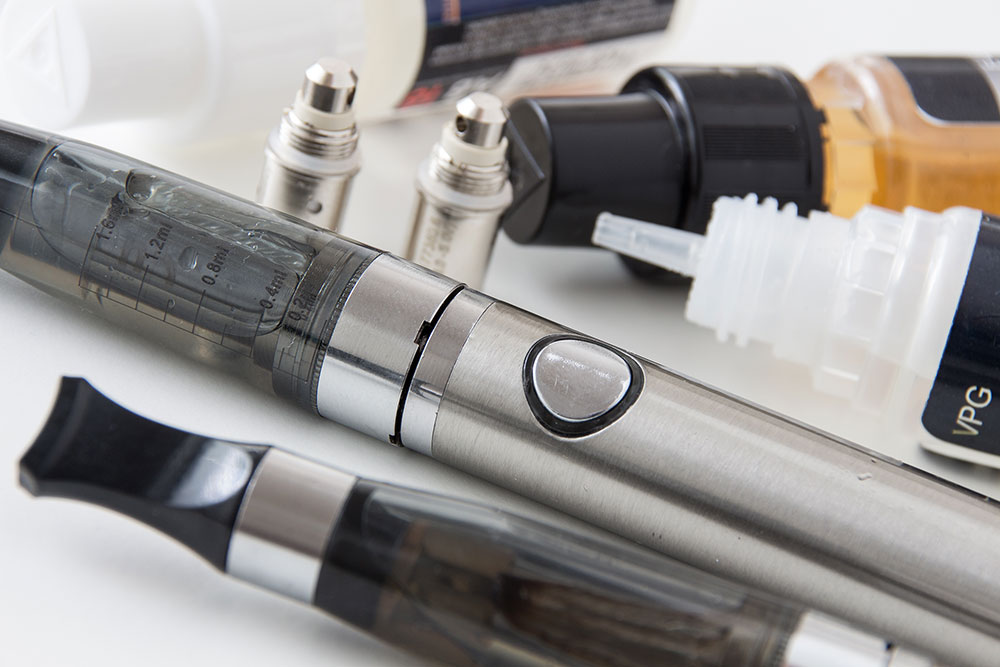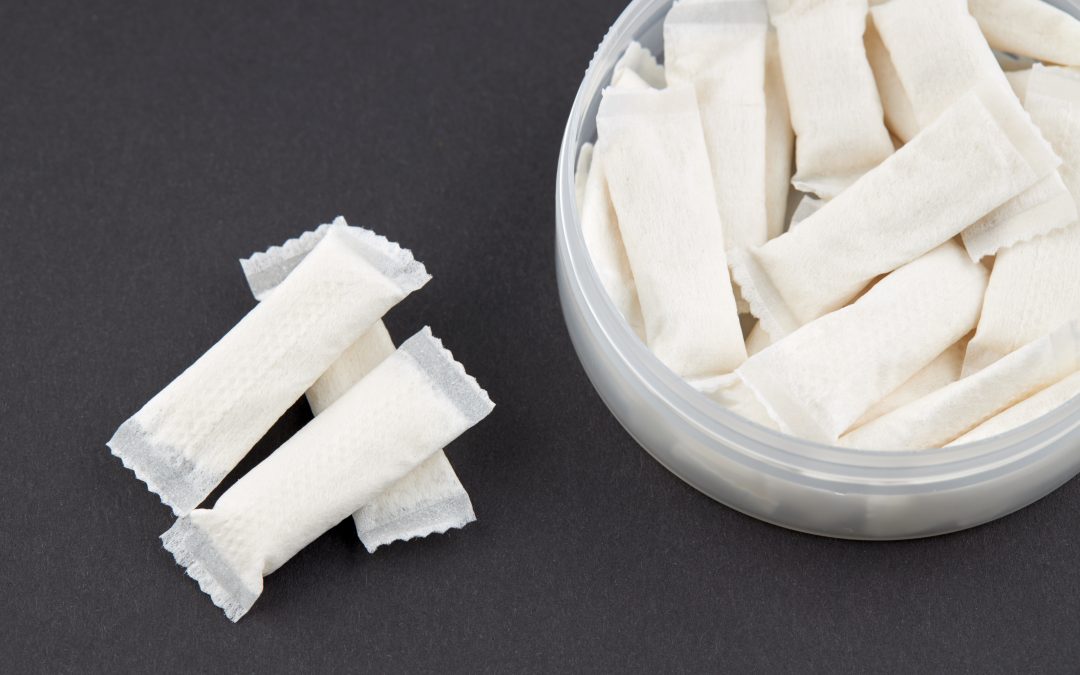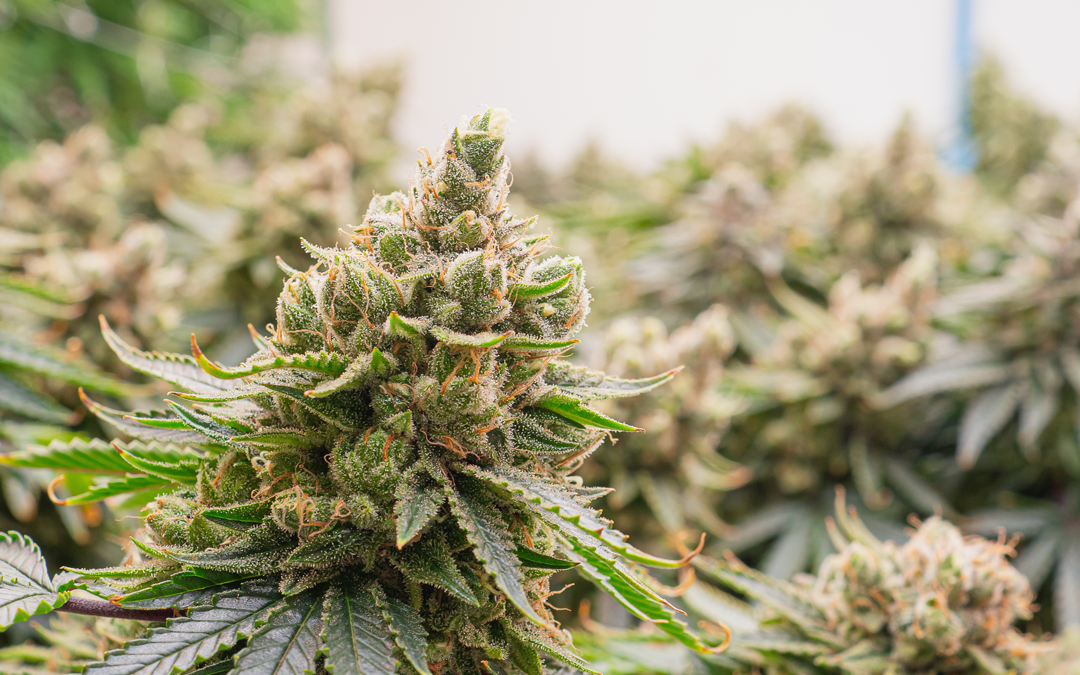The U.S. FDA takes tobacco manufacturer inspections as part of the PMTA approval process seriously. These inspections are rigorous, yet a necessary part of doing business in the U.S. tobacco industry. If your tobacco and nicotine products weren’t already marketed prior to February 15, 2007, you must obtain an FDA premarket authorization.
Premarket Tobacco Applications (PMTA), Substantial Equivalence submissions (SE), or Exemption from Substantial Equivalence (EX REQ) are the only options to legally market tobacco products in the U.S. In fact, per sections 910 and 911 of the Food Drug and Cosmetic Act (FDCA), any tobacco products marketed in the U.S. without a PMTA, SE, or Modified Risk Tobacco Product designation are misbranded, or in violation of FDA law.
FDA’s oversight of tobacco manufacturing establishments is serious business. Of the three FDA submissions allowing the sale of tobacco products in the U.S., the most common is a PMTA. An in-person FDA tobacco manufacturer inspection is required.

What is a PMTA?
A rigorous application and review process, a PMTA is the principle pathway that new tobacco products must follow to be legally marketed in the U.S.
PMTAs must include both tobacco and nicotine product laboratory testing data indicating the product protects consumer health as well as data that demonstrates the products were manufactured using acceptable quality principles such as those outlined in some of the FDA Good Manufacturing Practices (GMPs). Additional requirements such as behavioral studies are required as well, so be sure to follow FDA’s PMTA submission instructions explicitly.
The FDA aims to ensure marketed products will protect public health. Part of a PMTA evaluation includes an FDA inspection of the tobacco manufacturer’s site, known as a “PMTA pre-approval inspection”. This inspection confirms whether current Good Manufacturing Practices (GMPs) are being used that support this initiative.
For more information on PMTAs, the FDA prepared a Guidance for Industry called the Premarket Tobacco Product Applications for Electronic Delivery Systems (ENDS) and issued a final rule on Premarket Tobacco Product Applications and Recordkeeping Requirements in October of 2021.

What are Tobacco GMPs?
Twelve years after first announcing their intent to develop Tobacco Product Manufacturing Practices, (TPMPs), the FDA proposed a structure very similar to other industries’ current Good Manufacturing Practices (cGMPs) on March 8, 2023. The newly proposed TPMPs establish standards of conformance to established specifications and that would help prevent the manufacture and distribution of contaminated or otherwise nonconforming products, thereby assuring that the public health is protected and that tobacco products comply with the requirements in chapter IX of the FD&C Act.
The proposed TPMPs have 10 subparts or categories. The main requirements of the TPMPs include…
- Establishing product design controls to minimize risk.
- Ensuring products are manufactured in conformance with specifications.
- Minimizing manufacture and distribution of nonconforming products.
- Investigating nonconformances.
- Establishing corrective actions, including recalls, preventing contamination, and establishing traceability.
These would apply to all finished and bulk tobacco product manufacturers (foreign and domestic) subject to the rule (including specification developers, contract manufacturers, and repackagers/relabelers).
Once finalized, the 10 subparts are proposed to be:
- General Provisions
- Management System Requirements
- Buildings, Facilities, and Equipment
- Design and Development Controls
- Process Controls
- Packaging and Labeling Controls
- Handling, Storage, and Distribution
- Recordkeeping and Document Controls
- Small Tobacco Product Manufacturers
- Exemptions and Variances
TPMPs – 2025 Update
As of spring 2025, the FDA’s proposed Tobacco Product Manufacturing Practices (TPMPs) are still under review. The public comment period, which ended on Oct. 6, 2023, allowed stakeholders to provide input on the proposed rule.
The FDA is now analyzing these comments to determine the next steps, which may include finalizing the rule or issuing modifications. Given significant changes to the FDA in early 2025, there’s no telling how long this process may take.
Quality is Everyone’s Responsibility
While quality is everyone’s responsibility, a company’s Quality Unit (QU) has ultimate authority over the products produced and released. The QU has distinct oversight of manufacturing operations and creating, monitoring, and implementing the overarching quality system.
This includes assessing the suitability of incoming components to be used during manufacturing, ensuring in-process materials and finished products meet established specifications and that the packaging containers, closures, and labeling all meet clearly defined parameters.
The evaluation of incoming and in-process materials and finished goods is achieved largely through laboratory testing. The QU is also tasked with developing the processes and methods by which quality is evaluated to verify adherence to established controls, procedures, and specifications.
Finally, the QU has ultimate responsibility for approving each product batch for release based on their confirmation that all GMP-related activities have been performed accordingly through records that reflect use of Good Documentation Practices (GDPs).
FDA will ask to see confirmation of the QU’s execution of these responsibilities during an FDA inspection of a tobacco manufacturer’s site.

Components of an FDA Pre-approval Inspection
Once you get to the pre-approval inspection phase of a PMTA, it is reasonable to assume that FDA has some confidence that your product, including its manufacturing, may meet the Agency’s requirements for the protection of public health. Even so, the future of your product is at stake, so preparing for an FDA inspection of a tobacco manufacturer should be given the attention it deserves.
FDA’s PMTA pre-approval inspection is meant to confirm that appropriate GMP principles and QMS have been developed and are being used in product manufacturing, packaging, and distribution. As the facility is under review, it is your job to convey as completely as possible that robust GMP principles are in place for all systems.
- FDA will inspect your Standard Operating Procedures (SOPs) for hiring qualified personnel, ensuring adequate and regular training for that personnel, and that all who work in GMP areas are wearing appropriate garments to prevent product contamination.
- They’ll inspect both the physical plant where products are produced and the grounds around the facility to ensure they are well maintained and adequate to manufacture products in a GMP-compliant manner.
- FDA will want to see a thorough and organized system of identifying and maintaining materials at all stages of manufacturing. This includes receiving, holding, and returning materials.
- They will evaluate equipment and utensils used in manufacturing to verify they are in good order and are easy to clean and maintain.
- The instruments and controls must be calibrated both before the first use and at routine intervals or as necessary to ensure their accuracy and precision. The FDA will ask to see the calibration methods and logs during their inspection of the tobacco manufacturer.
- A major part of the FDA’s pre-approval inspection is a review of Master Manufacturing Records (MMR) and Batch Production Records (BRP).
MMR and BPR – Getting it Right
Master Manufacturing Records (MMR)s provide detailed instructions for each point, step, or stage of the manufacturing and packaging process so that the product is consistently made to quality standards.
Batch Production Record (BPR)s are prepared for each product lot, documented at the time of performance, and should accurately follow the corresponding MMR. This includes the measure of each component and a statement of the actual yield and theoretical yield percentage at all appropriate phases of processing.
Component specifications covering the identity, purity, strength, composition, and a qualitative and quantitative confirmation of any contaminants must be established for every stage in the manufacturing process from raw materials through finished goods.
These controls are necessary to ensure each component’s quality. Production trends must be audited and analyzed, and FDA will not only want to see these calculations and their results but also the performance and verification steps of doing so. The QU must review and approve of all completed BPRs. This is an essential aspect of GMP principles.
Even with the best controls, sometimes batches will be rejected for non-conformance, meaning the component is out of specification (OOS) or there is a deviation. Each instance of non-conformance and OOS must be investigated and managed with established Corrective and Preventive Actions (CAPAs).
During an FDA inspection of a tobacco manufacturer, the inspector will review your manufacturing operations, including the MMR, BPR, non-conformances, and CAPAs to verify adequate controls are in place.
Managing an FDA Inspection of a Tobacco Manufacturer
Now that you have the documentation prepared for FDA’s arrival, it is time to prepare for the main event.
Though FDA inspections are serious, they should not be adversarial. You can help ensure your PMTA pre-approval inspection goes well by having an Inspection Plan in place. Usually this is accomplished with an SOP for handling an FDA inspection.
Since the QU is in charge of product quality, a member of the QU team should be assigned the role of managing the FDA inspection. After all, the purpose of the pre-approval inspection is to verify quality.
During the inspection, FDA will walk around the facility and interact with personnel in all areas of the facility and at all levels of the organization, including Human Resources, Shipping and Receiving, Facilities, Material Management, Engineering, Production, Laboratories, and Quality. Ensure all employees in these departments are aware of when the inspection will occur.
Be prepared for FDA’s arrival. Ensure the designated quality representative from your organization is immediately available to greet the investigators upon their arrival. Reserve a conference room so that documents can be reviewed and discussions can take place without disruptions. Have documents ready for FDA’s review. Some common documents that are initially requested include the following:
- Organization charts indicating key personnel
- Facility floor plan
- Product list
- Manufacturing process diagram and flowchart
- Equipment list (Production and Laboratory)
- SOP index
Document control and retrieval is one of the most critical aspects of managing an FDA inspection, so it is a good idea to assign an additional employee to the FDA inspection team as the “runner” who will retrieve additional requested documentation, make copies as needed, and log which documents were requested and any FDA comments.
Practice is the key to being prepared. Your FDA Inspection SOP is a living document. Practice mock FDA inspections to ensure everyone at your company is prepared. Ensure important documents are easily retrievable, accurate, complete, and maintained with GDPs.
Good luck with your PMTA Pre-Approval FDA Inspection. If you’ve made it this far, with preparation and diligent attention to GMP principles, your marketing authorization may be just around the corner.
We created this handy FDA Inspection for Tobacco Manufacturer checklist so you will be ready when the inspector arrives.




